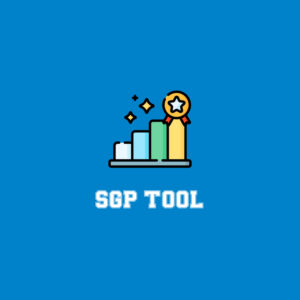
(It’s fantasy baseball draft season! The FTN Fantasy team and a host of helpful guests present our Ultimate 2025 Fantasy Baseball Guide. Check it out and prepare for the 2025 MLB season.)
It’s the most wonderful time of the year.
The fantasy baseball content is starting to flow like eggnog, player pages on Statcast and Fangraphs are seeing more traffic than freeways on Christmas Eve, and we can find our friends in NFBC draft rooms or comparing rankings on our favorite fantasy baseball podcasts. However, as you begin researching to prepare to win your most important fantasy leagues in 2025, it is vital to uncover every square inch of the ever-changing baseball landscape, including new park effects.
We often evaluate park effects when a player gets traded because it’s intuitive to take their production in pitcher-friendly parks and transfer it to a more hitter-friendly environment. Who among us didn’t cringe when the Cubs acquired Isaac Paredes and plopped him into an environment with a unique wind factor and a much deeper left-field corner? Thankfully for Paredes, he has packed his bags yet again and is headed to Houston — an environment much more aligned with his hitting tendencies.
But trades aren’t always the only shifting factor. Sometimes the parks themselves change. Those changes are as important as players changing parks and can have just as big an impact. This article will address key park changes this offseason and how they might impact the market outlook on some of our draft targets and fades. This is the first part of my two-part series looking at park factor changes heading into fantasy drafts and the 2025 MLB season.






















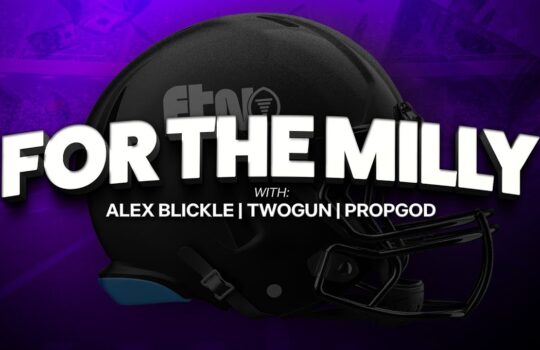






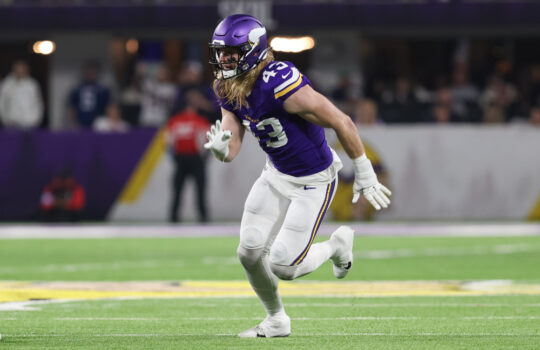



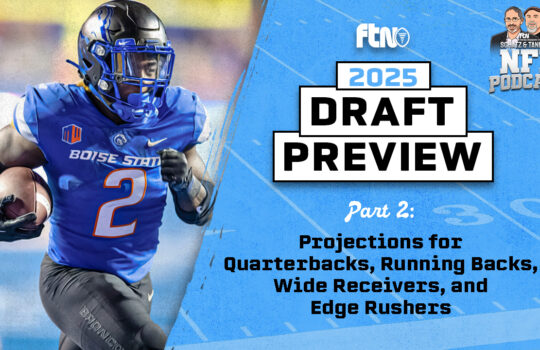

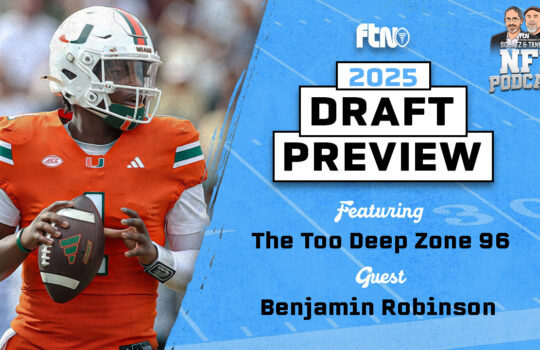
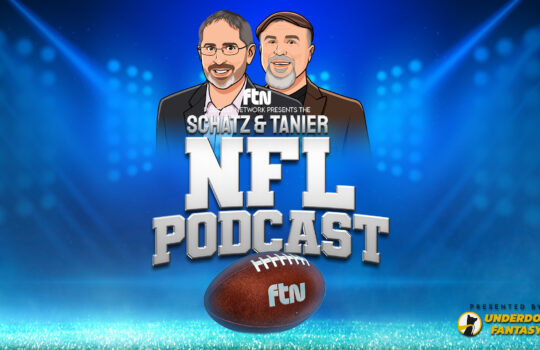




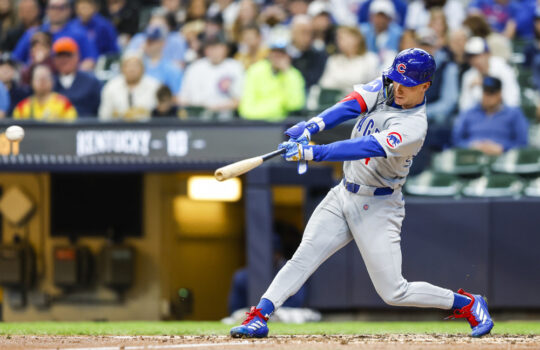

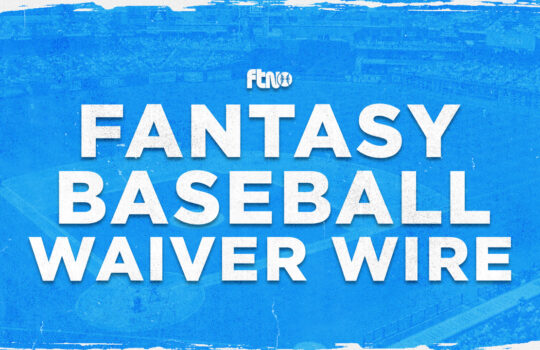

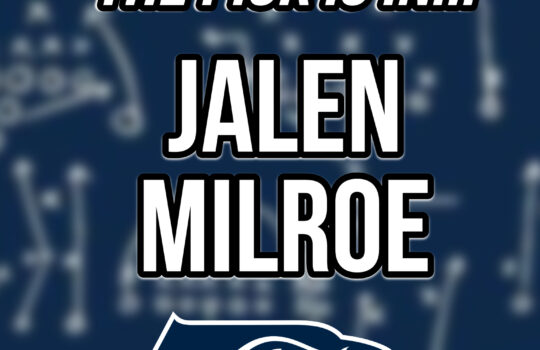

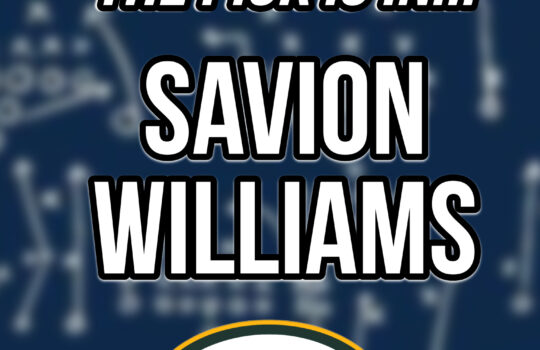


 New York Jets
New York Jets  New England Patriots
New England Patriots  Miami Dolphins
Miami Dolphins  Buffalo Bills
Buffalo Bills  Pittsburgh Steelers
Pittsburgh Steelers  Cleveland Browns
Cleveland Browns  Cincinnati Bengals
Cincinnati Bengals  Baltimore Ravens
Baltimore Ravens 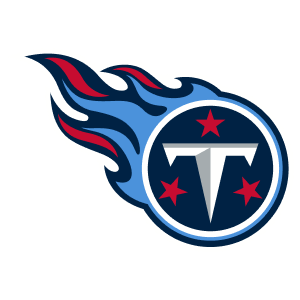 Tennessee Titans
Tennessee Titans  Jacksonville Jaguars
Jacksonville Jaguars  Indianapolis Colts
Indianapolis Colts  Houston Texans
Houston Texans  Las Vegas Raiders
Las Vegas Raiders 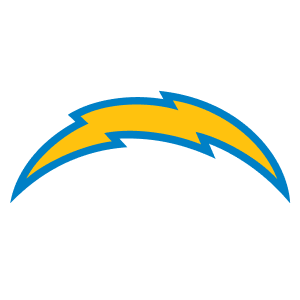 Los Angeles Chargers
Los Angeles Chargers  Kansas City Chiefs
Kansas City Chiefs 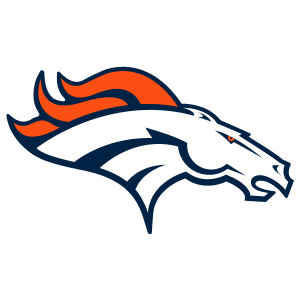 Denver Broncos
Denver Broncos  Washington Commanders
Washington Commanders  Philadelphia Eagles
Philadelphia Eagles  New York Giants
New York Giants  Dallas Cowboys
Dallas Cowboys 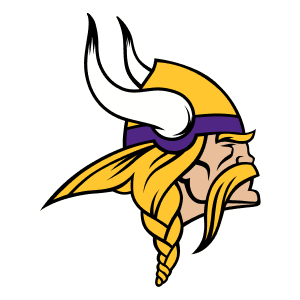 Minnesota Vikings
Minnesota Vikings  Green Bay Packers
Green Bay Packers 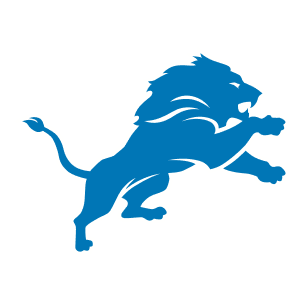 Detroit Lions
Detroit Lions 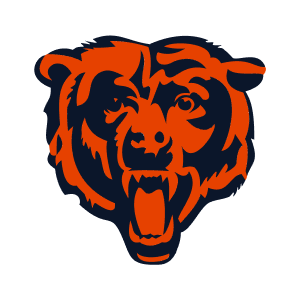 Chicago Bears
Chicago Bears  Tampa Bay Buccaneers
Tampa Bay Buccaneers  New Orleans Saints
New Orleans Saints 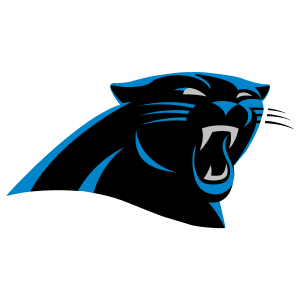 Carolina Panthers
Carolina Panthers 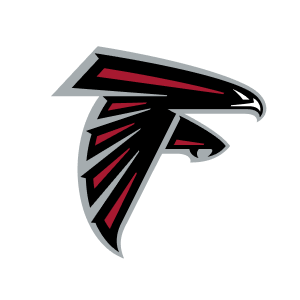 Atlanta Falcons
Atlanta Falcons 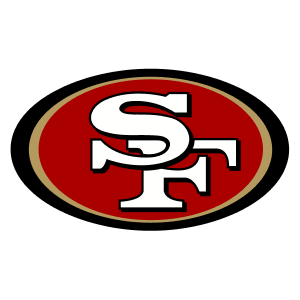 San Francisco 49ers
San Francisco 49ers 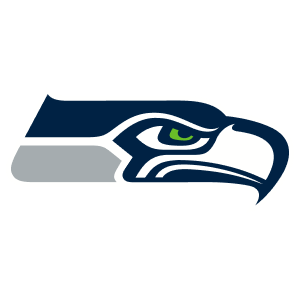 Seattle Seahawks
Seattle Seahawks 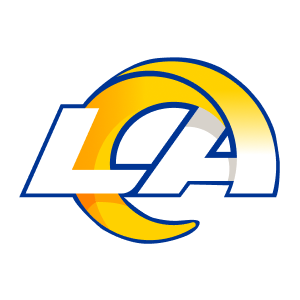 Los Angeles Rams
Los Angeles Rams 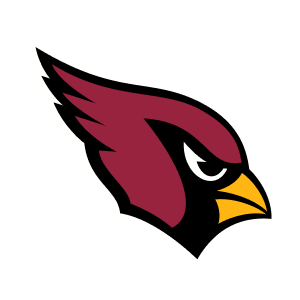 Arizona Cardinals
Arizona Cardinals 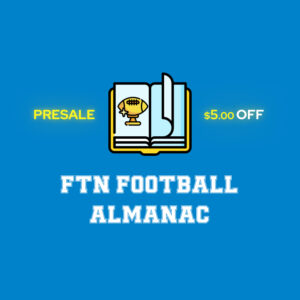
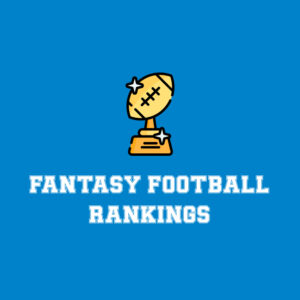

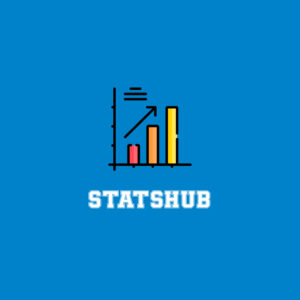





 Boston Celtics
Boston Celtics  Brooklyn Nets
Brooklyn Nets 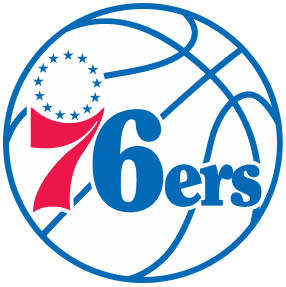 Philadelphia 76ers
Philadelphia 76ers  New York Knicks
New York Knicks  Toronto Raptors
Toronto Raptors  Chicago Bulls
Chicago Bulls  Detroit Pistons
Detroit Pistons  Milwaukee Bucks
Milwaukee Bucks  Cleveland Cavaliers
Cleveland Cavaliers  Indiana Pacers
Indiana Pacers  Orlando Magic
Orlando Magic 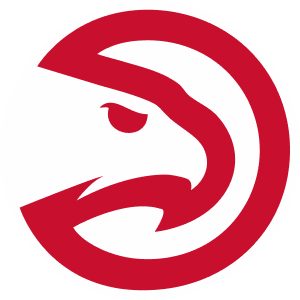 Atlanta Hawks
Atlanta Hawks  Charlotte Hornets
Charlotte Hornets  Miami Heat
Miami Heat  Washington Wizards
Washington Wizards  Denver Nuggets
Denver Nuggets 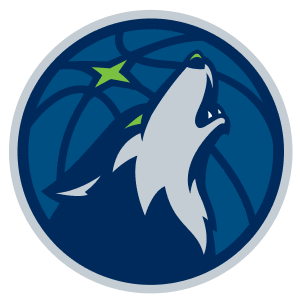 Minnesota Timberwolves
Minnesota Timberwolves  Oklahoma City Thunder
Oklahoma City Thunder  Portland Trail Blazers
Portland Trail Blazers  Utah Jazz
Utah Jazz  LA Clippers
LA Clippers  Golden State Warriors
Golden State Warriors  Los Angeles Lakers
Los Angeles Lakers  Phoenix Suns
Phoenix Suns  Sacramento Kings
Sacramento Kings  Dallas Mavericks
Dallas Mavericks  Houston Rockets
Houston Rockets  Memphis Grizzlies
Memphis Grizzlies  New Orleans Pelicans
New Orleans Pelicans  San Antonio Spurs
San Antonio Spurs 




